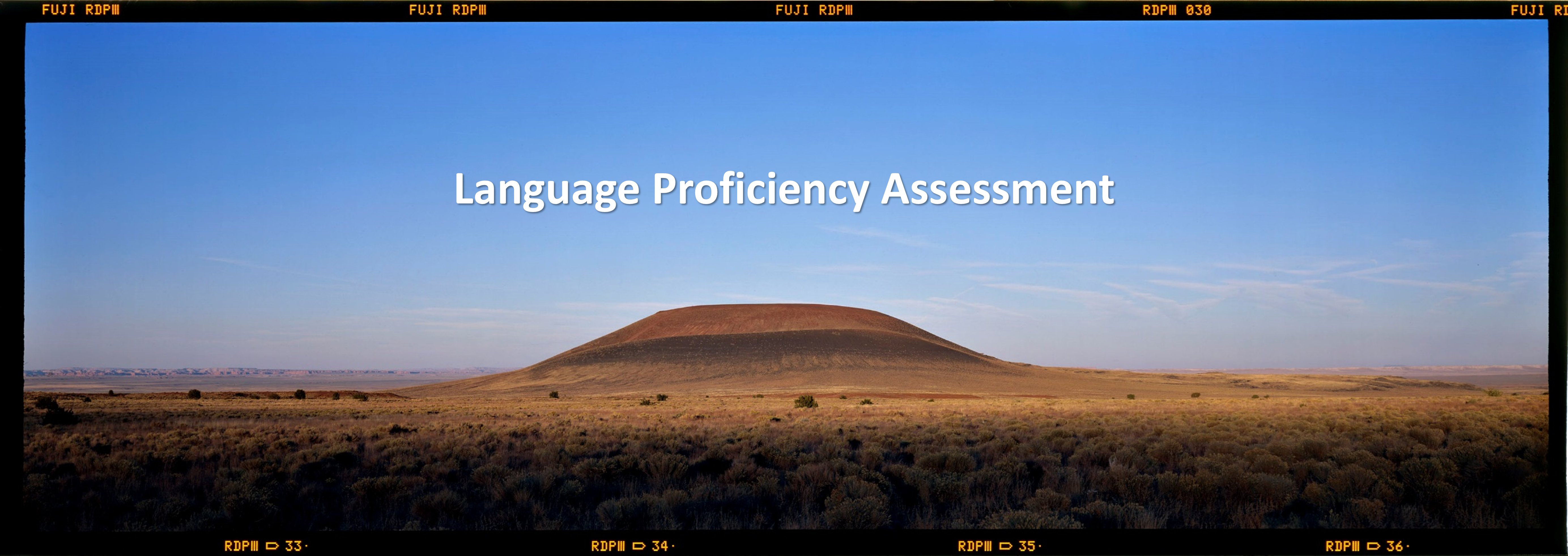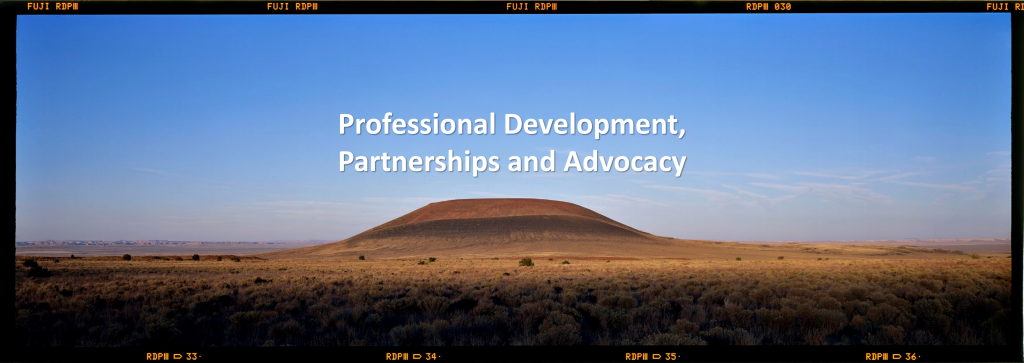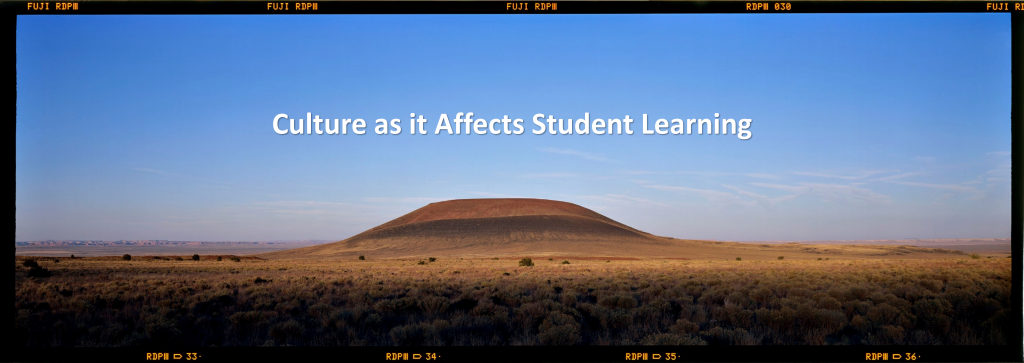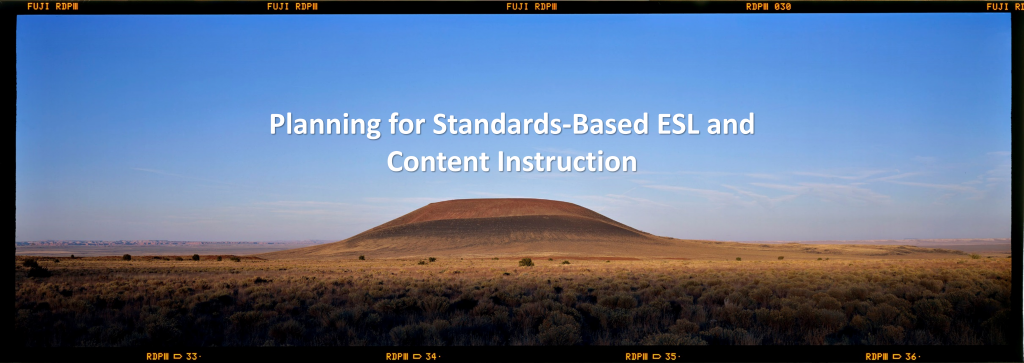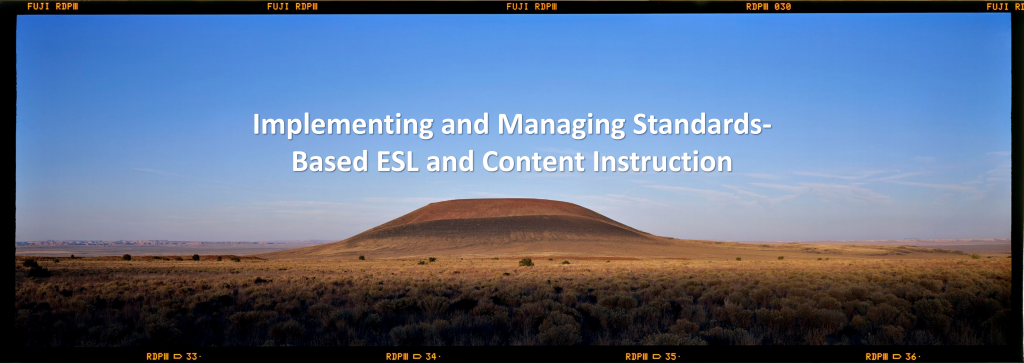Standard 4B: Language Proficiency Assessment
The artifact I chose for Standard 4B is a case study that I wrote about a sixth grade English Language Learner (ELL), Jennifer, in my first fall semester of graduate school. This artifact demonstrates my assessment of the language proficiency of an ELL including data and analysis of that data including: NYSESLAT, Lexile level, and family information. I found the process of revisiting this paper particularly interesting because it was written early in graduate school. I found multiple inaccuracies in the paper that can be attributed to a general lack of knowledge of my school, but for the most part, I found that my analysis of Jennifer was correct.
First, as a cathartic exercise, I will identify and correct the inaccuracies in the original paper: (1) I incorrectly identified the number of students at my school as 300 when, in fact, the correct number was 361; (2) I incorrectly assumed an eighth grade student with the same surname was her sister; (3) I read a Lexile report wrong and reported that Jennifer’s Lexile level was 700 when it was 560. If I were to write the same paper today, these are mistakes that I would not make, but as a first-year teacher, I was trying to keep my head above water and understand so much that I was bound to make assumptions and misread reports.
Most interesting for me was the process of comparing my predictions about Jennifer’s scores on the 2017 NYSESLAT with how she actually performed. I had predicted that Jennifer could grow from Emerging to Transitioning with a coordinated effort on behalf of all of her sixth-grade teachers; in fact, she shot all the way to Expanding. To be truthful, I was shocked to see her score at this level. I did not feel that the sixth-grade team was as coordinated in ELL instruction as it could and should have been last year, but it appeared Jennifer managed to defy the odds.
As noted in the paper, she struggled most with writing on the 2016 NYSESLAT. This held constant on the 2017 NYSESLAT; her score rose from 00 to 04. The writing sample attached in the artifact exhibits Jennifer’s struggles with writing early in sixth grade. She was hardly aware of sentence boundaries, so for her to score 04 was an accomplishment, but this small rise in writing still did not explain her growth.
Drawing the correct conclusions from data helps me make decisions in the classroom. I look at my students’ data constantly, and this paper helped me understand how to process ELL data. Upon further examination, Jennifer’s Expanding score on the NYSESLAT last year reflects natural language acquisition. A rise in her speaking score is most responsible for her leap from Emerging to Expanding. Her listening, reading, writing scores crept upward but remained low. After reading this case study, revisiting her data, and nearing the end of my second year of teaching, I realize that a greater emphasis needs to be placed on listening. That will be my goal for next year.
In 2016, Jennifer nearly scored Transitioning. In 2017, she scored at the lower end of Expanding. Once this is understood, her growth makes more sense. It is almost a certainty that Jennifer will score Expanding again in 2018 with a significant rise in writing and reading, as those were the primary areas of focus this year. Having completed this paper and this reflection, I feel more prepared to approach my students’ data with a critical eye. Things are not always what they appear on the surface, but it can be extremely useful and time-saving to identify trends in data.

